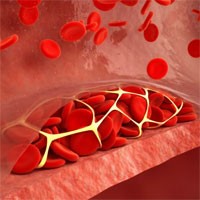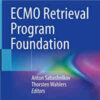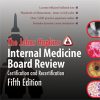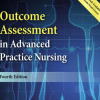Estimate Death Probabilities of Hospitalized Patients with COVID-19
medrxiv.org
The Covid-19 pandemic has become a global public health crisis and providing optimal patient care while preventing a collapse of the healthcare system is a principal objective worldwide.
Here we describe a formula, requiring only variables routinely acquired in hospitals, which allows to estimate death probabilities of hospitalized patients with Covid-19. The model could be used as a decision support for earlier discharge of low-risk patients to reduce the burden on the health care system. The model could further be used to monitor whether patients should be admitted to hospital in countries with health care systems with emphasis on outpatient care (e.g. Sweden).
To develop and validate a prognostic model based on routine hematological parameters to predict uncomplicated disease progression to support the decision for an earlier discharge.
Development and refinement of a multivariable logistic regression model with subsequent external validation. The time course of several hematological variables until four days after admission were used as predictors.
Variables were first selected based on subject matter knowledge; their number was further reduced using likelihood ratio-based backward elimination in random bootstrap samples.
Model development based on three Austrian hospitals, validation cohorts from two Austrian and one Swedish hospital.
Model development based on 363 survivors and 78 non-survivors of Covid-19 hospitalized in Austria. External validation based on 492 survivors and 61 non-survivors hospitalized in Austria and Sweden. Outcome: In-hospital death.
The final model includes age, fever upon admission, parameters derived from C-reactive protein (CRP) concentration, platelet count and creatinine concentration, approximating their baseline values (CRP, creatinine) and change over time (CRP, platelet count).
In Austrian validation cohorts both discrimination and calibration of this model were good, with c indices of 0.93 (95% CI 0.90 – 0.96) in a cohort from Vienna and 0.93 (0.88 – 0.98) in one from Linz. The model performance seems independent of how long symptoms persisted before admission.
In a small Swedish validation cohort, the model performance was poorer (p = 0.008) compared with Austrian cohorts with a c index of 0.77 (0.67 – 0.88), potentially due to substantial differences in patient demographics and clinical routine.



















